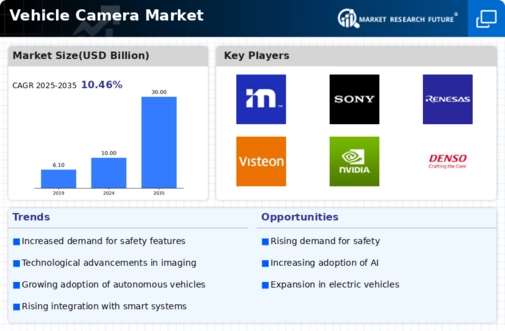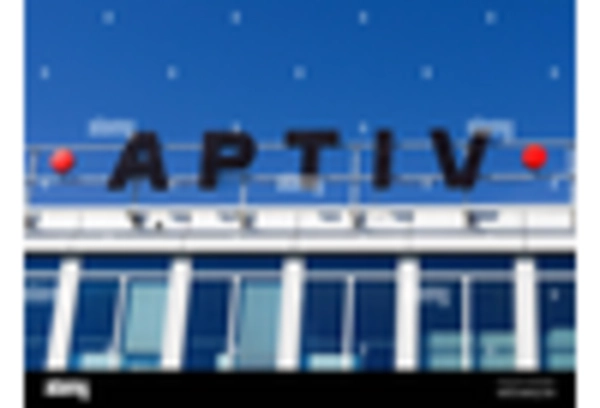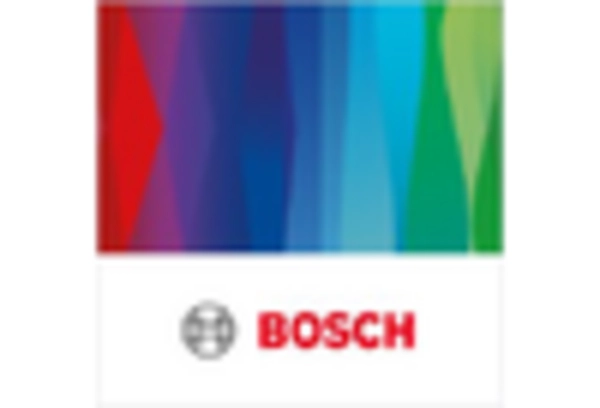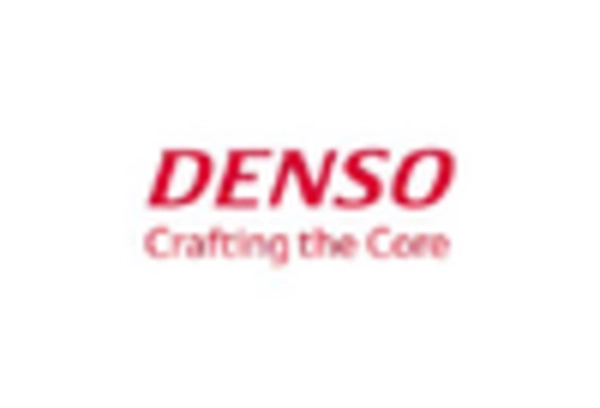The Vehicle Camera Market is experiencing significant growth driven by advancements in automotive technology and the increasing demand for advanced driver assistance systems (ADAS).
Competitive insights reveal a dynamic landscape where various players are vying for market share through innovation and strategic partnerships. The focus is not only on manufacturing high-quality camera systems but also on integrating these systems into broader vehicle safety and automation technologies.
As the automotive sector moves towards a more connected and autonomous future, competition is intensifying among established automotive suppliers and emerging technology firms, thereby creating diverse opportunities across regions.
Companies are continuously investing in research and development to enhance product offerings, improve functionality, and meet the evolving expectations of consumers and regulatory standards.
Continental has established itself as a prominent player in the Vehicle Camera Market, leveraging its robust engineering capabilities and extensive experience in automotive components. The company is known for its comprehensive portfolio, including various camera technologies that support advanced safety features such as lane departure warnings, parking assistance, and surround view systems.
Continental's strengths lie in its strong brand reputation, innovative product development, and established relationships with major automotive manufacturers.
The company has positioned itself well in the market by focusing on creating integrated solutions that enhance vehicle safety and facilitate the adoption of autonomous driving technologies. Furthermore, Continental's commitment to investing in cutting-edge technology and sustainability initiatives supports its competitive edge within the global landscape.
OmniVision Technologies is a significant contender in the Vehicle Camera Market, renowned for its state-of-the-art imaging technologies tailored for automotive applications.
The company specializes in high-performance image sensors which cater to a wide array of automotive camera needs, including rearview cameras, driver-monitoring systems, and advanced camera modules.
OmniVision's strengths are highlighted by its innovative approaches to enhancing image quality and performance in various conditions, vital for ensuring safety and reliability in vehicles.
The company is actively engaged in partnerships and collaborations with various automotive firms to expand its market presence and enhance technological capabilities.
Additionally, OmniVision has pursued strategic mergers and acquisitions to bolster its position in the automotive sector, which further supports its commitment to advancing the capabilities of vehicle camera systems globally while addressing trends towards automation and connectivity in the automotive space.


















Leave a Comment